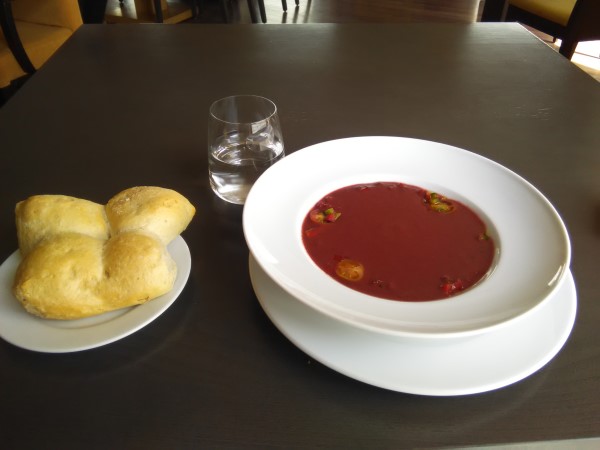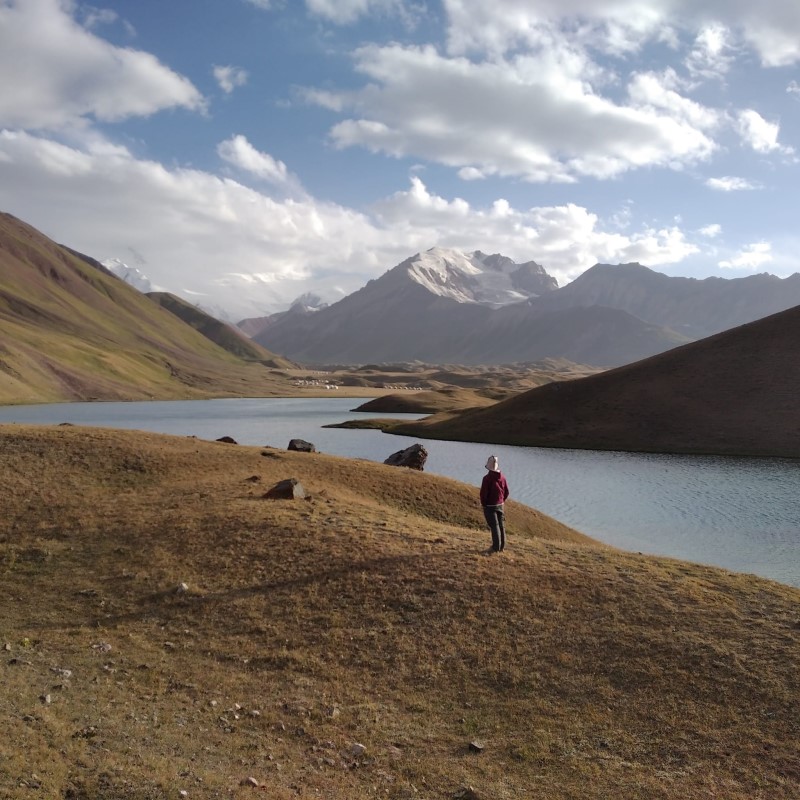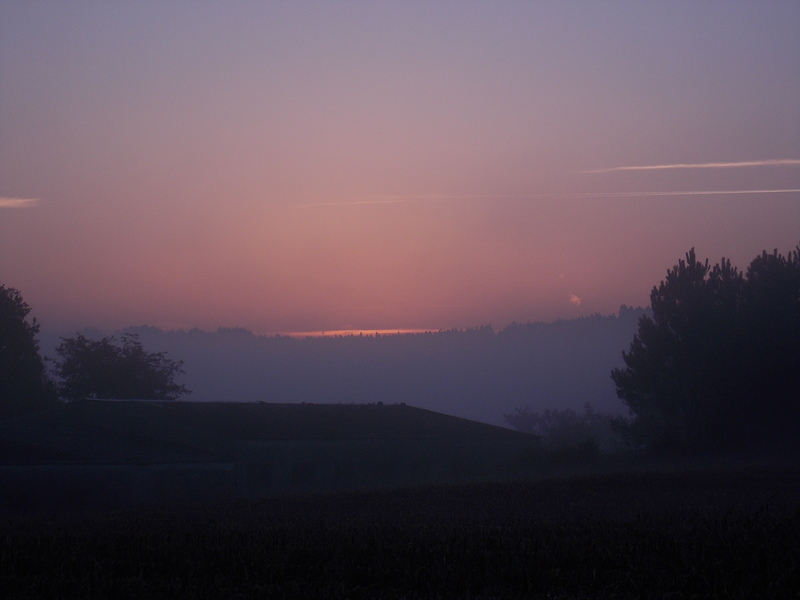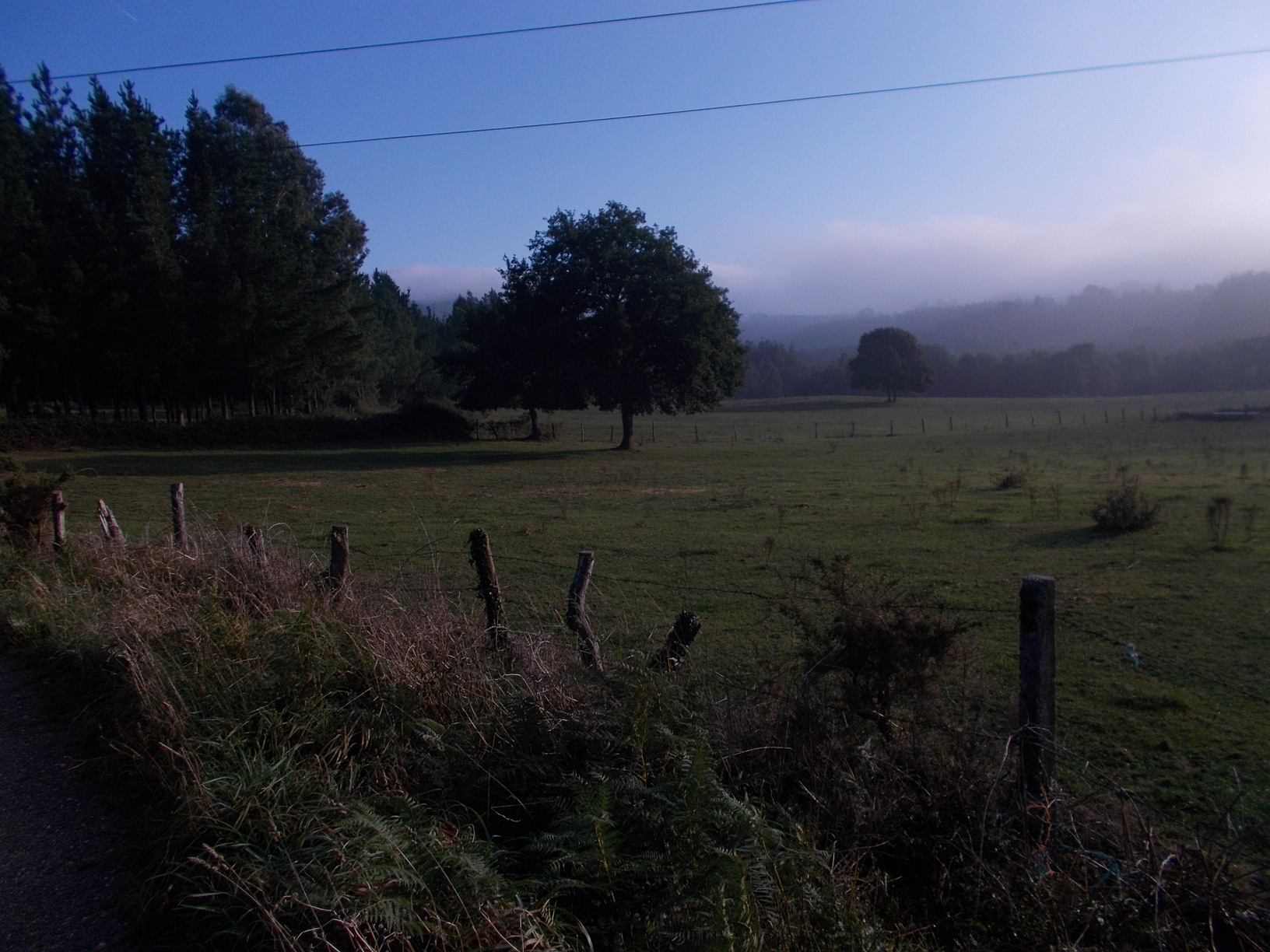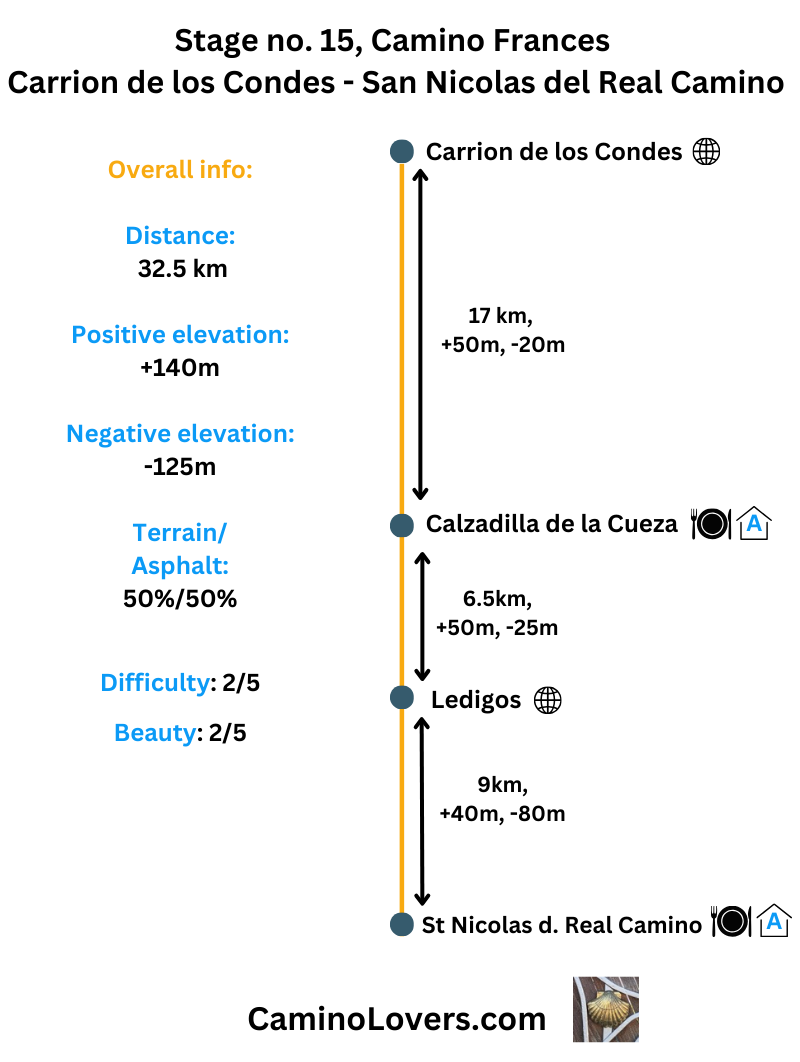
Basic Information
- Starting Point: Carrion de los Condes, Spain – A historic town with rich medieval heritage and one of the Camino’s most beloved stops, for warm welcoming of the local community, and an unforgettable pilgrim blessing by the Augustine sisters (every day at 7pm in Santa Maria Church).
- Ending Point: San Nicolas del Real Camino, Spain – A small peaceful village with only 45 inhabitants, but a nice pilgrim albergue and a restaurant. The real Meseta.
- Availability of an alternative route: Yes, but only for a short part, a way that gets closer to the river (which will most likely be totally dry), and saves you a few kilometers of road walking. Not necessarily one you want to take but again, it’s the way of avoiding the crowds and having some moments of real solitude on the Meseta, at least for a while.
- Distance: Official camino route: 32 km (Download GPS here). Alternative route: 32.5 km (Download GPS here).
- Online Map: Official camino: map. Alternative route: map.
- Elevation Difference: +150 m ascent, -140 m descent, for both main and alternative route. Super flat.
- Difficulty Score: 3/5.
- Beauty Score: 2/5. Extremely monotonous today, but that’s not necessarily a bad thing: you can spend more time on your inner journey when the surroundings don’t offer new impulses for your senses.
- Terrain/Asphalt Walking Ratio: 50% terrain, 50% asphalt/paved roads/right next to the road.
- Next stage: Camino Frances Stage no. 16, San Nicolas del Real Camino – El Burgo Ranero.
- Previous stage: Camino Frances Stage no. 14, Itero de la Vega – Carrion de los Condes.
Elevation profile for the routes

– Official camino route. As flat as it gets, with 85% of today’s walk having a climb gradient below 1%, be it on ascents or descents. The first 17km stretch without any services (at least officially, we’ll talk about this later) is especially flat and monotonous.

– Alternative route. 0.5 km longer, with less road walking, but just as flat as the official camino…
Advanced Info About the Stage
- Trail Marking: Well-marked but minimal shade or landmarks to tell you where you actually are heading. So stay alert, especially if you walk in low season (in high season there will always be someone in front of you). The detour to alternative route is well sign-posted, starting exactly here. A few kilometers on, the route merges with official camino.
- Natural Highlights: Perhaps the biggest highlight is the difference in landscapes today’s stage offers. You start in the lush valley near river Carrion (the first two kilometers of your walk). There’s water, everything is green. It seems like an oasis in a desert (and in a way it is one:)). And then the flat dry direct route starts, green in spring but other than that with shades of brown only, and with almost no traces of life.
- Historical & Cultural Highlights
- Via Aquitana – Remains of old Roman way, right on the camino, exactly here. It originally connected Bordeaux in France and Astorga in Spain, back in the day both very important cities for the Roman empire. With over 2,000 years old, it is a nice place to stop and reflect a bit on our history (and perhaps on your personal history too).
- The small traditional Meseta villages such as Moratinos or San Nicolas, with architecture typical for this part of Spain, and a “ghost-town” like atmosphere. A good thing about them? If you want to start an albergue, you can get a house there for an unbeatable price.
- Camping/Bivouac Options: No organized camping place along this stage, and it would also be difficult finding a fitting wild-camping spot, should you ask for the very bare necessities: a source of water not far away, some protection from sun and sight, good ground to pitch a tent into. However, you can try your luck on one of the resting places for pilgrims, for example on this one. While there isn’t really any water, you’ll find some benches and a bit of shade. And nobody will bother you there at night, should you camp or bivouac.
- Dog-Friendly Score: 1/5. Perhaps the worst stage for dogs on the entire camino Frances. No water, long stretches with no shade, totally flat and boring walk for a dog. High exposure to the sun and the routes also get very hot (consider protective booties for your companion to avoid burns and blisters). The only good news is that a great albergue in San Nicolas called Albergue Laganares accepts dogs. Location and reviews on Google maps here, make sure to make a reservation in advance (they require it for pilgrims with dogs, to prepare a special place for you).
- Special Remarks: This used to be a “mythical” Meseta stage back in the day, with the first 17 kilometers from Carrion to Calzadilla offering no services whatsoever–and no shade. Things have changed, however. Camino Frances attracts a lot of people, and many smart businessmen see it is an opportunity to make a living from the pilgrims (you’ve probably noticed this by now :)). So people have installed several mobile bars on this stretch–where you can get any cold drink of your wish, and hide in a shade of a parasol for a while. These people make enough money for a living for standing there a few hours each day (when the main traffic of pilgrims passes by). Of course, every coin has two sides. Such a bar can sometimes save a badly-prepared pilgrim from dehydration or sun stroke (or even from worse things), and yet it makes even this lonely stretch a bit of a camino circus… If you want to persevere the original spirit of this stretch and the pilgrimage, you can simply ignore the bars. No point in complaining about them being there, just as I do here :).
My picks for accommodation on this stage
- Albergue Laganares, San Nicolás (km 32): Beautiful albergue with friendly staff, 20 beds in 4 rooms, nice garden, and great food. 16 euro for a bed, dinner is extra 15 euro and worth it. Great reviews on all platforms for pilgrims. Location and reviews on Google maps here. You can make a reservation on Booking.com, or by calling them at +34 979 188 142.
Pictures from the stage
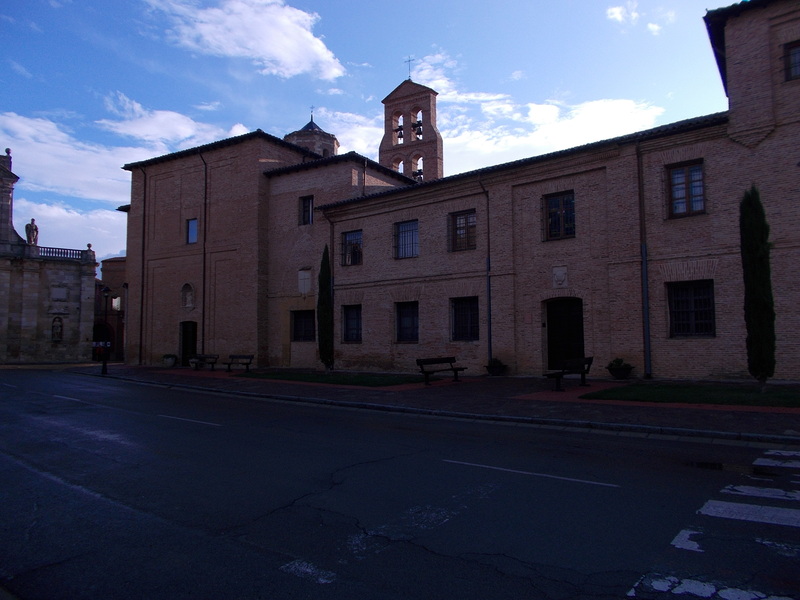
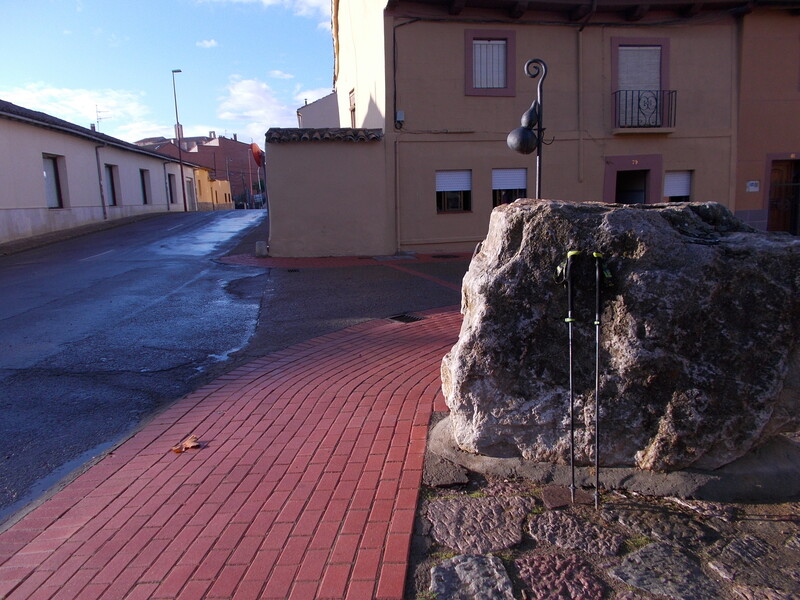
– I have only these two pictures from this stage. Being in a meditative mood and unaware of the fact that I’d be writing a camino guide one day in the future, I simply didn’t take any. If you have some, you can always send them over to matej[at]caminolovers[dot]com , to make this guide even better for fellow pilgrims. Thank you!
Few tips at the end
- This is the flattest, most exposed stage of the meseta. If you’re prone to sun stroke, or dehydration, make sure to start early and take at least 2 liters of water with you. While clever people install mobile bars on the 17 km stretch without villages, making nice money every day, it isn’t always guaranteed the bars will be there, and you should not rely on it 100%.
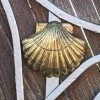


![Ultralight Packing List for Camino de Santiago [2025 Edition]](https://caminolovers.com/wp-content/uploads/2022/03/altra-shoes-640-x-480.jpg)
